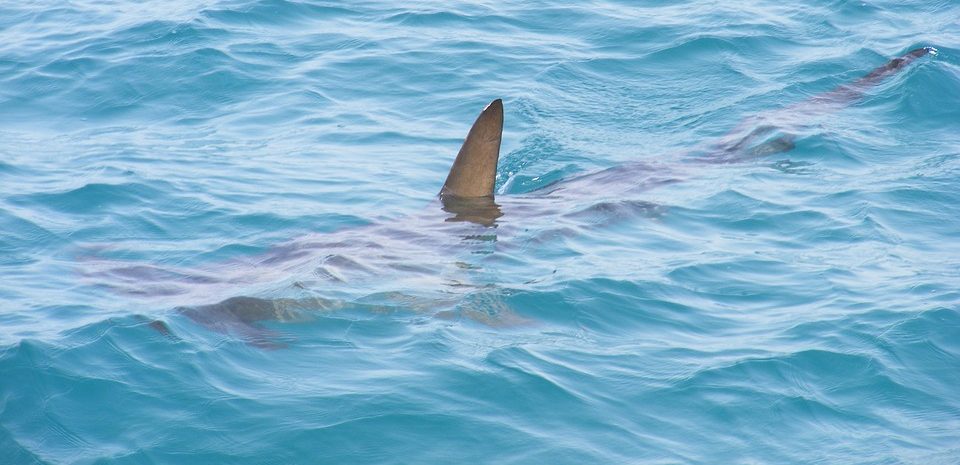Luka Osborne
Sharks attacks seem to be always in the minds of swimmers, surfers and beachgoers, with no one quite agreeing on an apt long-term answer. Just days ago renowned surfer Kelly Slater called for ‘serious’ cull like that of Western Australia’s solution. January’s report by the Department of Primary Industries has shown that shark nets harm more endangered and harmless wildlife than sharks. Are these solutions really the smartest options?
One person who would disagree is Director Lindsay Lyon of ‘Shark Shield’ the only scientifically proven and independently tested electrical shark deterrent technology in the world. This device is challenging the status quo by emitting three-dimensional electrical waveforms that interrupt a shark’s short-range electrical receptors that they use for finding food. The ‘Shark Sheild’ creates an unbearable spasm that repels the shark and helps an unnerved surfer keep his limbs in tact.
Dr Vic Peddemors, a renowned shark scientist who has been working with sharks since 1987, was involved in the testing of the Shark Shield’s effectiveness on South African Great Whites in 2003. The results found that by using a Shark Shield the probability of an attack was reduced from 0.70 to 0.08 with no sharks taking the bait during testing. The Shark Shield has been praised by scientists, Choice Magazine and even the Australian Geographic magazine, that stated: “Great White Shark deterrent almost 100% effective.”
On Monday 13th and Tuesday 14th March, at the Gold Coast’s International Surfing Symposium, Director Lindsay Lyon is preparing to take his ideas to the next level. As part of a panel discussion with some of the world’s leading shark experts he will pose the question ‘Can sharks be taught not to attack humans?’
In much the way as an electric dog collar keeps a dog in, could long-term use of electrical deterrents on surfboards keep sharks out?
“In psychology, classical conditioning is best known from the experiments by Ivan Pavlov where a stimulus was presented and then the dog was given food, after a few repetitions when the stimulus was presented the dog would salivate without food,” Lindsay says.
“CSRIO scientists have noted that tracked sharks often follow the same route annually stopping at the same beaches along the way, literally to the day… If a shark’s electrical receptors spasm uncontrollably from the FREEDOM+ Surf electrical deterrent every time it swims by a surf break, will it stop swimming by that particular break. Can electrical deterrents be used to teach sharks to avoid humans?” Lyon hypothesizes.
Time will tell if the Shark Sheild is the ultimate long term answer to keeping both surfers and sharks safe, however with a huge scientific basis one can only be optimistic.
“Shark Shield’s effectiveness is as proven as Pavlovian theory, the theory of teaching sharks has significant merit and it’s now a case of working with the scientific community and governments to test it, and in the process make a difference to improving local economies and tourism without sacrificing human or marine life,” added Lyon.












